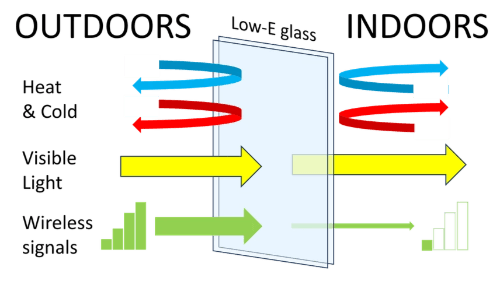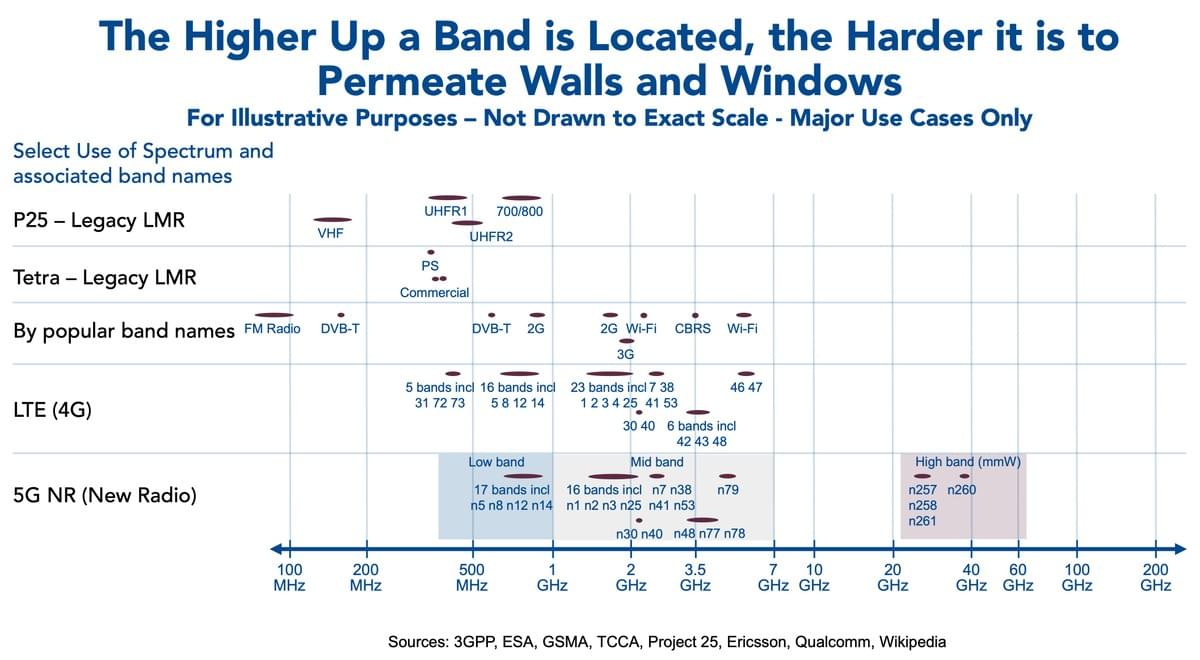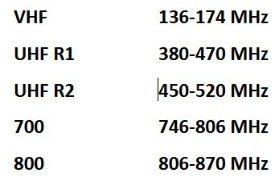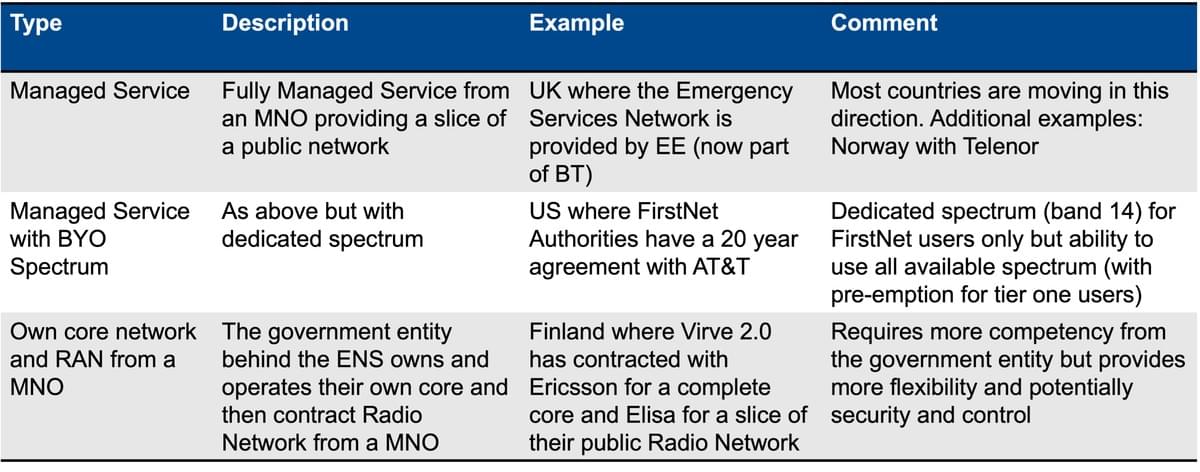Modern buildings are becoming increasingly energy efficient, and materials such as low-E glass are affecting the ability for radio signals to permeate buildings from the outside. At the same time, mobile networks are using bands in higher spectrum, which naturally have a harder time to permeate buildings. The net result is more and more buildings having no indoor coverage at all unless fitted with indoor coverage improving technology. As first responders in many countries are phasing out their legacy radio systems for mobile network based solutions, they risk being cut off from communication when rushing into a modern building to save lives.
Summary
Low-emissivity glass (low-E glass) is a type of energy-efficient glass designed to prevent heat escaping out through the windows in winter time and prevent heath from getting in through the window in the summertime. Low-E glass also make it more difficult for Radio Frequency (RF) signals to permeate the window.

Modern building design frequently also incorporate metal surfaces or reinforced concrete that RF signals have a hard time to permeate. 4G and 5G mobile networks use higher frequency bands compared to legacy Land Mobile Radio (LMR) technology traditionally used by first responders. The higher frequency bands have a harder time to permeate buildings compared to lower frequency bands. When combining these two effects, the net result is increasingly buildings with poor or non-existing indoor coverage of mobile networks unless there are indoor coverage improving technology installed. There are a number of available solutions to improve indoor coverage. One is a system to etch patterns (typically lines) on the low-E glass to make it more RF friendly. There is also a whole slew of technologies to bring in the mobile network signal into the building. Regulators need to increasingly start demanding that new buildings have acceptable indoor coverage, regardless of technology, to safeguard the people working in and visiting the building.
Modern commercial buildings are increasingly using steel and reinforced concrete as the main building material. These materials are very difficult for RF signals to permeate. The higher up in frequency the spectrum band used is located, the harder the signal has to permeate walls. This can also be described as the attenuation of the building is higher in higher spectrum bands. The “easiest” way for RF signals into buildings with high attenuation is through the windows. A clear float glass window has little to none attenuation. Low-E glass that is increasingly used in new buildings or retrofitted to existing buildings have a coating designed to reduce infrared radiation. This is the same spectrum as mobile networks and LMR operate in, hence it’s also blocking RF signals from getting into the building. The attenuation depends on coating and materials and can typically range from 15 dB in lower spectrum to 30+ dB in midband spectrum. When adding the attenuation of low-E glass in addition to the high attenuation of a modern building structure with the increasing use of higher frequency spectrum bands, the compounded result becomes buildings with virtually no indoor coverage unless indoor coverage technology is being deployed.
Who are the different constituencies for indoor coverage?
The most obvious constituencies for indoor coverage are the employees working in the building and visitors to the building. Employees can typically use corporate Wi-Fi solutions for voice and data while being in the corporate facilities. If it’s a multi-tenant building, employees will essentially be “visitors” to other parts of the building, including e. g. stairwells, elevators and cafeteria. A typical visitor may get guest Wi-Fi access from the organization they’re visiting which is then typically only working in a specific part of the building. The guest Wi-Fi may or may not support voice over Wi-Fi (also subject to the respective MNO and device used supporting it).
There is also a special type of temporary visitors to buildings, First Responders (also known as Blue Light or Public Safety personnel). Most commonly this could be paramedics responding to a medical emergency, fire fighters responding to a fire alarm or police coming in to evacuate the building. The common denominator is that they all need to maintain communication with their colleagues on the outside of the building and their command centers.
What are the differences between different spectrum bands on a high level?
The spectrum band used will give you different characteristics when it comes to geographical and indoor coverage as well as speed (also to some extent latency and high number of endpoints). The high level and not so scientific explanation is:
- The higher the spectrum band, the shorter the reach is. Lower spectrum bands also permeate walls and low-E glass better than higher spectrum bands. Very high spectrum bands require line of sight to work properly.
- On the other hand, higher spectrum bands are usually available in wider channels which enables higher thruput. As each base station is handling a relatively smaller area, it also supports a denser implementation of endpoints.
Different spectrum is optimum for different use-cases (needs to be paired with the right radio technology). e.g.:
- Large geographic coverage, limited number of users, good indoor coverage in combination with no or limited data rates, the preferred spectrum is in the range 380-512 MHz or lower.
- When planning to cover a big area with moderate number of users, reasonable indoor coverage and moderate data rates, you prefer lower spectrum, typically low bands in the range 700-900 MHz to minimize the number of base stations needed. Typical data speed is 30-75 Mbps.
- Mid bands use spectrum in the range 1 GHz-2.6 GHz and 3.5 GHz - 6 GHz which is optimum for covering campuses consisting of multiple buildings extending to several blocks in size. Large number of users as well as high data rates at the expense of relatively poor indoor coverage. Typical data speed is 100-250 Mbps.
- High bands are suitable for covering a medium size building, e g a factory where the use case calls for low latency and high reliability or an arena full with people. High bands use spectrum in 7 GHz and above, typically bands in the range 24 GHz to 40 GHz. Typical data speed is 1 Gbps or higher. Usually requires free line of sight to work.

What are first responders moving from?
The typical Emergency Network Services (ENS) that first responders are moving from are based on legacy LMR technology. The two dominant versions are P25 (aka Project 25 or APCO25) and TETRA.
P25 is predominantly used in North America (NA), parts of South America (SA), Australia & New Zealand (ANZ) and Middle East (ME). It’s a digital trunked network frequently operating in T-band (470-512 MHz) but having support:

TETRA is predominantly used in Europe, parts of SA, Africa and Middle East (ME). It’s a digital trunked network frequently operating in 380-395 MHz for first responders and 410-430 MHz for commercial use (450-470 MHz as well as 806-870 MHz also used in some regions).
Older analogue systems may be in use in some areas, usually operating on frequencies around 80, 160 or 380 MHz.
As the use of data services has become more and more essential to first responders, many first responder organizations have complemented their voice centric solutions, primarily used for command and control, with publicly available data services from MNOs based on 4G technology and increasingly also 5G, to meet their data needs. Many MNOs offer specific first responder subscriptions with enhanced SLA and priority access to the network. An example use case of this could be a paramedic sending a cardiogram from the ambulance or directly in the field to a physician in a hospital for evaluation.
What are first responders moving to?
First responder organizations in predominantly Europe, NA, ANZ, ME and mature parts of APAC has for the past couple of years been busy migrating first responders over to new ENS solutions. The new solutions are based on MNO technology (predominantly 4G) and services and are coordinated on a country-by-country basis.
Unless it’s a very small country to cover, the only realistic solution is a Private Public Partnership (PPP) where an established MNO provides a slice of its public Radio Area Network (RAN) to be used by the ESN. These agreements are usually very long, typically around 20 years. The existing MNO RAN almost always needs to be extended with additional base stations to provide the needed geographic coverage. There are typically three different routes to take, see figure 2 below. Procuring either the entire ESN as a managed service or the RAN component from a MNO usually makes a lot of sense since there is a lot of very specific competency required to plan, build and operate a RAN.

How can indoor coverage be improved?
There are many different technologies to improve indoor coverage. All come with pros and cons making no one the best fit for all use cases. There may also be in-country regulation in place prohibiting some technologies. The most common solutions by category include:
Technologies that assist the RF signal to “get into” the building:
- Repeaters that take the RF signal from outside the building and “retransmit” on the inside. Banned by the Regulatory Authority (RA) in some countries
- Etching patterns on low-E windows to lower the attenuation and let some RF signals through
- Powerful antennas directed at the building
Technologies that emit the RF signal from “within” the building itself:
- Neutral Host Networks. Companies that can provides a single network solution to one or more MNOs.
- Distributed Antenna Systems (DAS) that take the signal provided by one or many MNOs and distribute it throughout the building.
- Distributed Radio Systems (DRS) is similar to DAS but use small cells throughout the building
- Multi operator small cell solutions
- Small cells that typically use broadband for backhaul to a specific MNO
- Solutions provided by a single MNO and thus in general only support that MNO
Wi-Fi is today really only a viable technology for the employees working in the building. This may change in the future. One such promising initiative is the Wi-Fi Broadband Alliance (WBA) 6G vision call about how Wi-Fi could be more tightly integrated with 6G.
First responders are typically using ruggedized devices that are conservatively designed for a 5-7 year life cycle. Given the nature of how first responders work, there is no time to configure or manipulate the device when entering a building – it just needs to keep working just like on the outside.
Who can improve indoor coverage?
The most common type of organizations that can improve indoor coverage include:
- Specialty vendors selling and supporting indoor coverage technology. Can typically provide equipment that are operator independent.
- System Integrators (SIs) with a telecoms practice. Can typically provide equipment that are operator independent.
- MNOs. Will typically want to provide equipment that only improves their own signals/coverage.
- NHNs
- Telecom equipment manufacturers.
Who could be responsible for indoor coverage
- The building owner. Very clear-cut responsibility.
- Individual tenants for their part of the building. Creates a very fragmented solution and potential coverage gaps.
- MNOs. This would most likely happen through the use of a NHN
Recommendations
Commercial buildings, both new and refurbished ones, are getting increasingly RF hostile. At the same time, first responders in many countries are moving to ENS solutions leveraging higher spectrum which have a harder time permeating buildings. Indoor coverage for first responders needs to become a priority. Countries where the building code requires indoor coverage are far and long apart, even if they do exist. Regulatory bodies responsible for building codes needs to start addressing requirements for indoor coverage in much the same way they do for fire suppression (typically through sprinkler system). Reliable indoor coverage is key for first responders to carry out their important jobs. Building codes need to be updated with indoor coverage requirements covering the new ENS solutions. Ideally this means:
- Mandating good indoor coverage of all areas and specifying what good indoor coverage means.
- Specify what bands (for both LTE and 5G) that needs to be covered for this particular country.
- Staying technology neutral by focusing on what should be achieved, not the technology to enable it.
- Work with the in-country Telecom Regulatory Authority to ensure that there are no unnecessary restrictions on what technologies can be used to improve indoor coverage and that MNOs are required to facilitate and participate in such initiatives.
Leif-Olof Wallin
Advisor at Lionfish Tech Advisors, Inc.
_____________________________________
©2025 Lionfish Tech Advisors, Inc. All rights reserved.
Title background image (C) Lionfish Tech Advisors Inc.